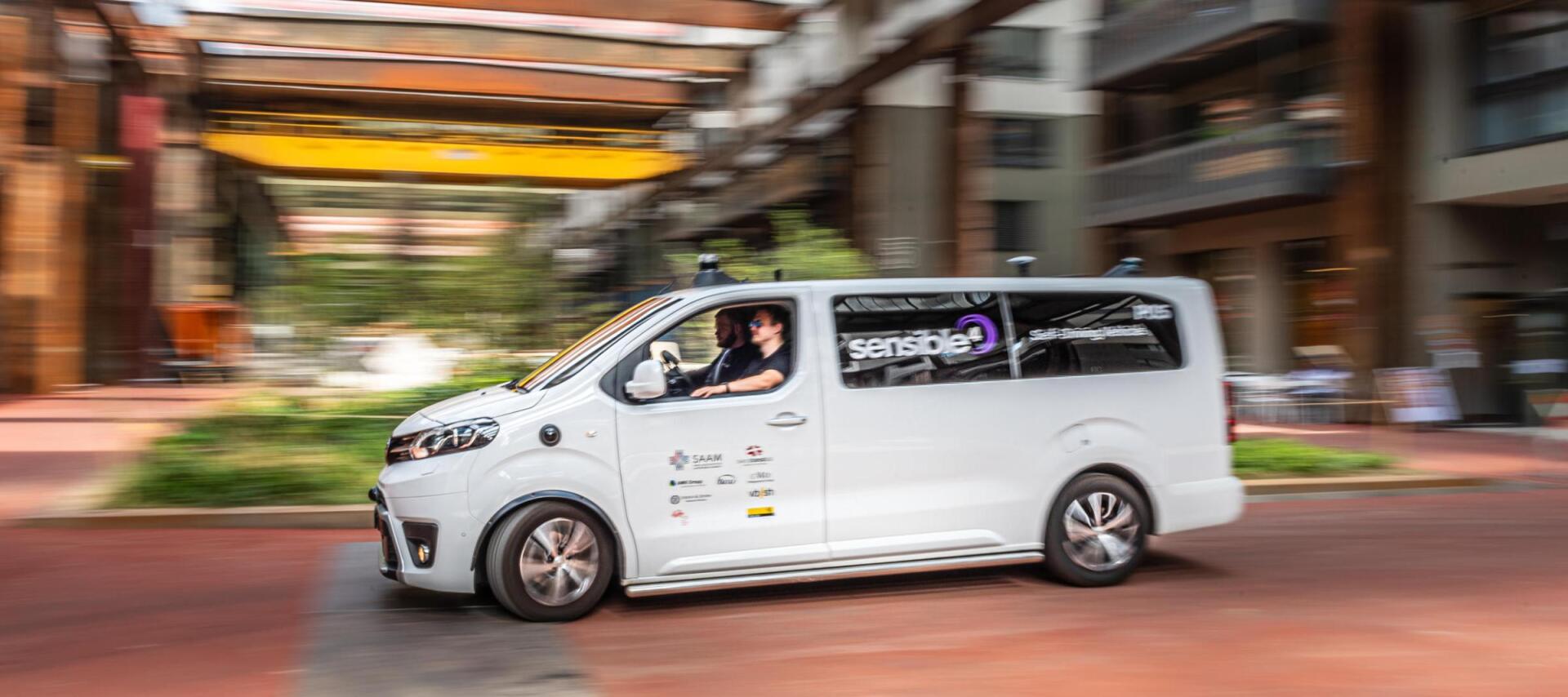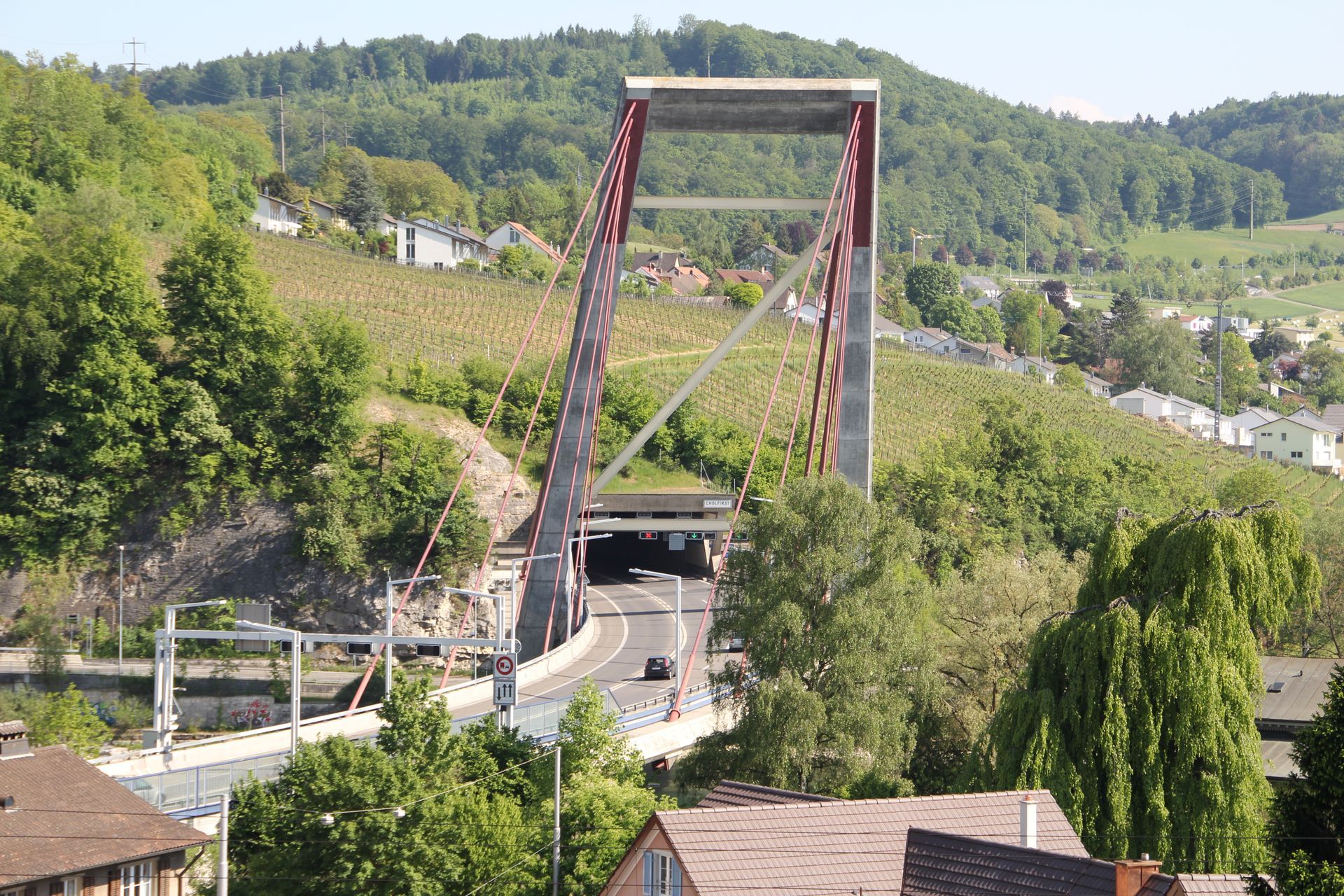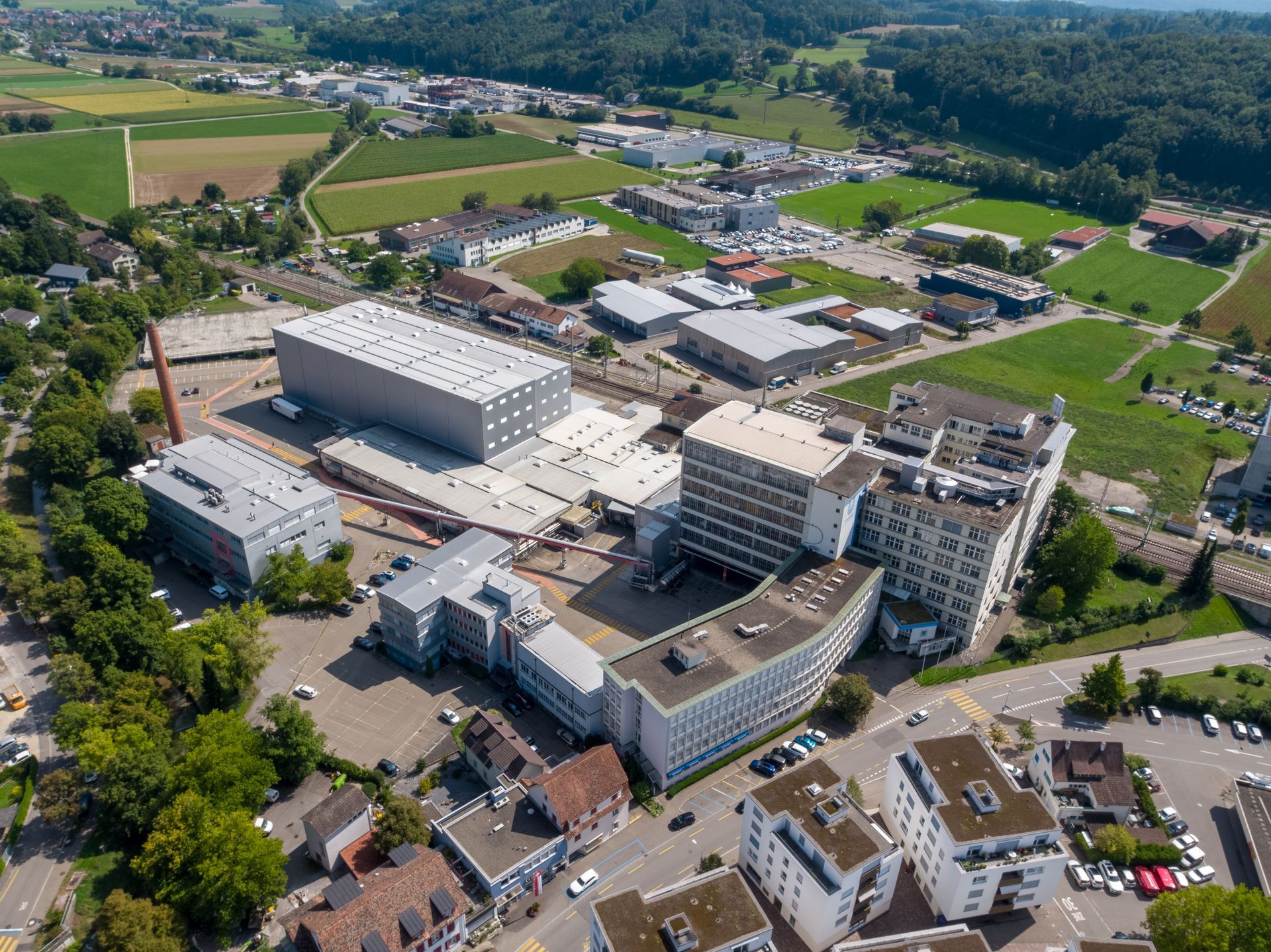The new Line 13 of the Swiss Transit Lab is in the starting blocks. It will soon connect the Stahlgiesserei with the train station in the city of Schaffhausen. The pilot project combines the latest technology and innovative forms of co-design. In this way, the STL is setting another milestone for automated mobility in Swiss public transport and making it a tangible experience for the population.
The former industrial site Stahlgiesserei has developed into a lively urban district. Where turbines were once cast, people now live, work and linger. Now the new Schaffhausen district is to be enriched by one more attraction. With the pilot project "STL Line 13" of the Swiss Transit Lab (STL), it is planned to connect the former Georg Fischer site with the Schaffhausen train station by means of a self-driving vehicle. The Swiss Transit Lab is supported by the Canton of Schaffhausen within the framework of regional and location development. In September of last year, Line 13 was presented for the first time to an expert audience as well as the media - since then, a lot has happened behind the scenes.
New technology on Swiss roads
"At the beginning of the project, we had to evaluate the best technology for us and find an appropriate partner," says Andreas Kaiser, project manager of the STL. In the end, the company Sensible4 from Finland was chosen. A commercially available Toyota Proace EV van will be used. The minibus with electric drive was equipped by Sensible4 with sensors, actuators and corresponding control software. "As in all previous projects with self-driving vehicles in Switzerland, an accompanying person will continue to be present," Kaiser said. In contrast to the predecessor project Line 12 in Neuhausen am Rheinfall, however, not as an information person with joystick in hand, but as a safety driver behind the wheel. In this way, STL Line 13 differs significantly from Line 12. The bus, which operated in Neuhausen am Rheinfall between 2018 and 2019, was designed solely for autonomous driving. Thanks to so-called dual-mode technology, the new vehicle can drive both automatically on a predefined route and normally with a person behind the wheel on all roads. This makes the new vehicle's range of use much wider than other self-driving bus projects. "This is the first time a dual-mode vehicle has been used in Switzerland," Kaiser explains. For this reason, he says, the approval process with the authorities, such as the federal agencies ASTRA (roads) and BAV (transport), is also more complex and time-consuming. With STL Line 13, automated driving is not only making its way into the city center, but also into the everyday lives of the population. Commuter service is planned year-round and will be largely weather-independent. "The technology has already proven itself in Scandinavian heavy rain, fog and snow," Kaiser says, referring to Sensible4's ongoing projects in Finland and Norway. The minibus will initially operate outside of rush hours, Kaiser says. The aim is to develop the service step by step. Use of the service will be free of charge.
Co-creation and participation
The aforementioned further development of the operation and service of STL Line 13 will be carried out with the involvement of passengers and the local population. The STL can use the innovative app CitizenTalk for this purpose. The app, developed by the start-up of the same name, was brought to Schaffhausen by the RSE office as part of the Innosuisse project "Digital Think Tank" and serves to involve the population in the project. CitizenTalk can be used to anonymously and interactively develop innovative ideas on current challenges with any number of participants. From the dialog with the population, for example, needs such as travel frequency, on-demand service or even driving characteristics are to be determined.
The application of CitizenTalk at the STL is part of the participatory further development of regional and location development and provides insights for the monitoring of future regional development projects. With the second pilot operation of a self-driving vehicle, Swiss Transit continues to advance automated mobility in public transit. "It is envisaged that we will be able to use the experience gained from the pilot test to expand the service to additional routes at a later date," Kaiser emphasizes. The minibus, which recently arrived from Finland, should already be in use towards the end of the year. Take this opportunity to experience the future of mobility live on the streets of Schaffhausen.







